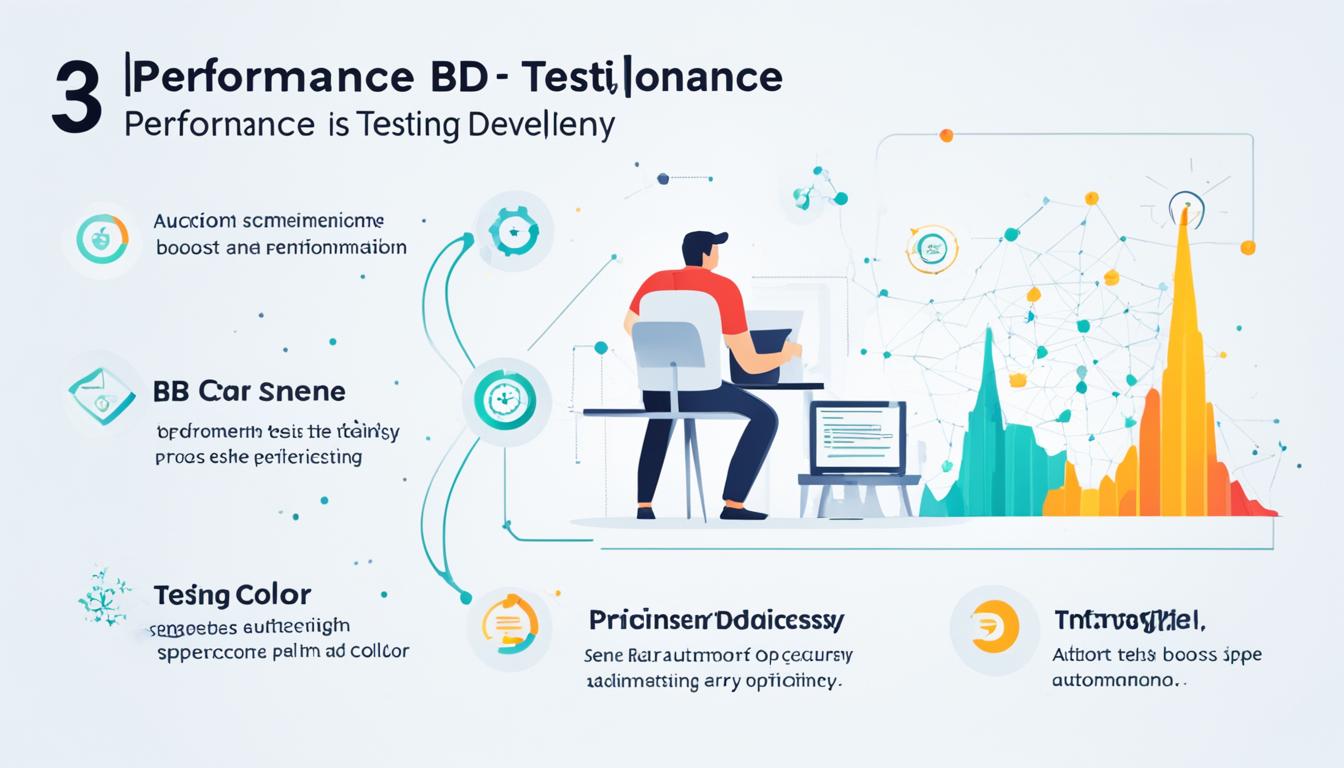AI is transforming QA by automating test creation, which saves you time and increases coverage of edge cases. It also predicts high-risk areas, allowing you to focus testing efforts where most needed. By streamlining processes and adapting to code changes dynamically, AI reduces manual work and shortens release cycles. These advancements enable you to achieve faster, more reliable software. Keep exploring, and you’ll discover how these innovations can elevate your testing strategies even further.
Key Takeaways
- AI automates test creation, increasing coverage while reducing manual effort and human error.
- Defect prediction models identify high-risk code areas, enabling targeted testing and early bug detection.
- Combining AI-driven test generation with defect analysis streamlines testing processes and adapts to code changes dynamically.
- AI accelerates testing cycles, shortens release times, and enhances report clarity by detecting flaky tests and false positives.
- Overall, AI improves QA accuracy, efficiency, and adaptability, supporting smarter testing and higher software quality.

AI is transforming software testing by enabling faster, more accurate, and more efficient processes. With the advent of artificial intelligence, you can now automate complex testing tasks that once took hours or days. One of the most notable innovations is automated test generation, which allows you to create thorough test cases without manual effort. Instead of manually scripting each test, AI algorithms analyze your codebase, identifying critical paths and potential edge cases. This not only saves time but also ensures you don’t miss testing scenarios that could cause issues later. Automated test generation helps you cover more ground in less time, increasing test coverage and reducing the risk of overlooked bugs.
AI automates complex testing tasks, increasing coverage and reducing overlooked bugs efficiently.
Alongside automated test generation, defect prediction has become a game-changer in your QA workflow. AI models analyze historical data, code complexity, and previous defect patterns to forecast where bugs are most likely to occur. This proactive approach means you can focus your testing efforts on high-risk areas, catching issues early before they escalate. Instead of randomly testing or relying solely on intuition, you leverage AI insights to prioritize your testing efforts intelligently. Defect prediction helps you allocate resources more effectively, resulting in faster releases and higher-quality software.
By combining automated test generation and defect prediction, AI empowers you to streamline your entire testing process. You can generate test cases on the fly, adapt tests based on new code changes, and predict vulnerabilities with remarkable accuracy. This dynamic approach minimizes manual intervention and reduces human error, allowing your QA team to concentrate on more strategic tasks, such as exploratory testing or analyzing test results. Furthermore, AI-driven testing tools continuously learn from new data, improving their predictions and test generation capabilities over time. This means your testing becomes smarter and more aligned with your software’s evolving needs.
In practical terms, AI’s impact means you spend less time writing repetitive tests and more time analyzing results and fixing issues. Your testing cycles become shorter, and you’re able to release updates faster with confidence. AI also helps you identify flaky tests, false positives, and other anomalies that can clutter your testing reports, giving you clearer insights into your software’s health. Additionally, understanding home furnishings safety standards can be important when testing hardware-integrated products or related software systems. Ultimately, integrating AI into your testing process enhances both accuracy and efficiency, making your QA efforts more agile and reliable. As you adopt these advanced tools, you’ll notice your ability to deliver high-quality software improves markedly, keeping you ahead in a competitive market.
Frequently Asked Questions
How Does AI Improve Test Coverage in Software Testing?
AI improves your test coverage by automating test cases through advanced test automation tools, allowing you to run more tests efficiently. It analyzes vast amounts of data to identify gaps in your testing process and suggests areas needing further coverage. This combination of data analysis and automation helps you catch more defects early, ensuring your software is thoroughly tested and reducing the risk of overlooked issues.
Can AI Detect All Types of Software Bugs Automatically?
AI can’t detect all software bugs automatically, but it greatly enhances automated bug detection. For example, a company used AI to identify security vulnerabilities missed by traditional tests, demonstrating high AI accuracy. However, complex logic or rare edge cases still pose challenges. You should view AI as a powerful tool to complement human testers, increasing bug detection coverage but not replacing the need for manual testing.
What Are the Costs Associated With Implementing AI in QA?
Implementing AI in QA involves costs like tool licenses, infrastructure upgrades, and training. You should conduct a thorough cost analysis to understand these expenses and guarantee they fit within your budget considerations. While initial investments may seem high, AI can reduce long-term testing costs by automating repetitive tasks and catching bugs faster. Planning carefully helps you balance upfront costs with the potential savings and efficiency gains AI brings to your testing process.
How Does AI Handle Testing for Complex or Legacy Systems?
AI acts like a detective, unraveling the tangled web of complex or legacy systems. You can use it to handle legacy integration by analyzing old code and identifying weak spots. It performs risk assessment by simulating various scenarios, revealing potential issues before they become real problems. This way, your testing becomes more precise and efficient, ensuring your systems stay robust even as they grow more intricate.
What Are the Ethical Considerations of Using AI in QA Processes?
You need to consider ethical issues like bias mitigation and data privacy when using AI in QA. AI systems might unintentionally perpetuate biases, so actively monitor and adjust algorithms to ensure fairness. Protect user data by implementing robust privacy measures, making sure sensitive information stays secure. Being transparent about AI processes and gaining stakeholder trust are essential. Ultimately, responsible AI use in QA ensures ethical standards are upheld, benefiting everyone involved.
Conclusion
Just like a seasoned detective quickly spots clues others miss, AI in software testing helps you catch bugs faster and more accurately. Imagine training an AI to spot issues overnight—by morning, it’s like having a tireless partner that never tires. With AI transforming QA, you’re not just keeping up; you’re staying ahead. Embrace this tech revolution, and watch your testing process become a well-oiled machine, delivering flawless software with confidence and speed.









